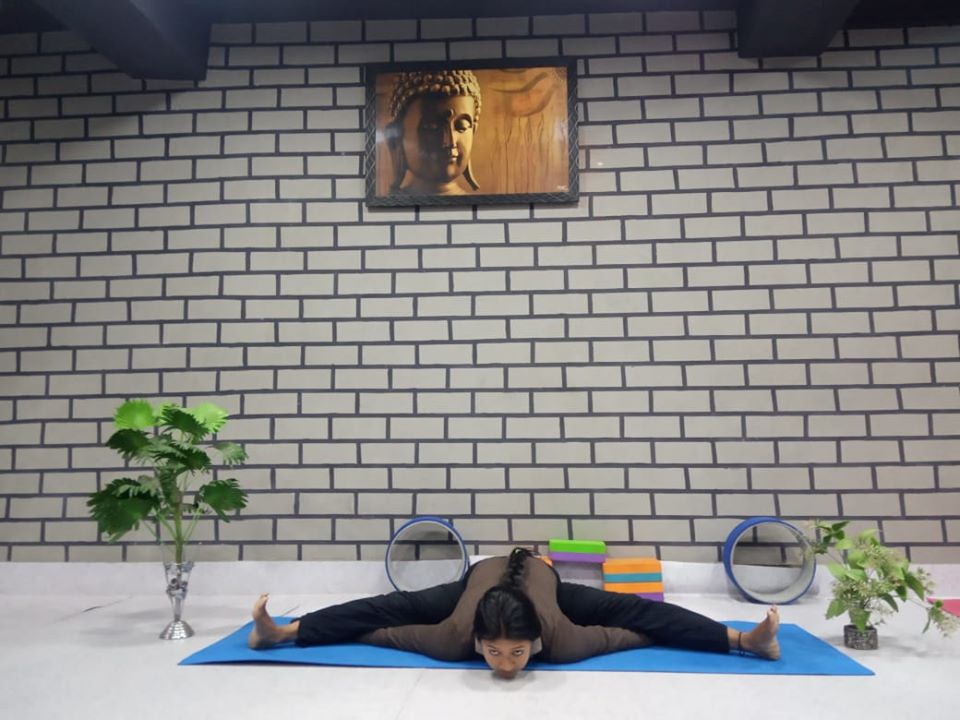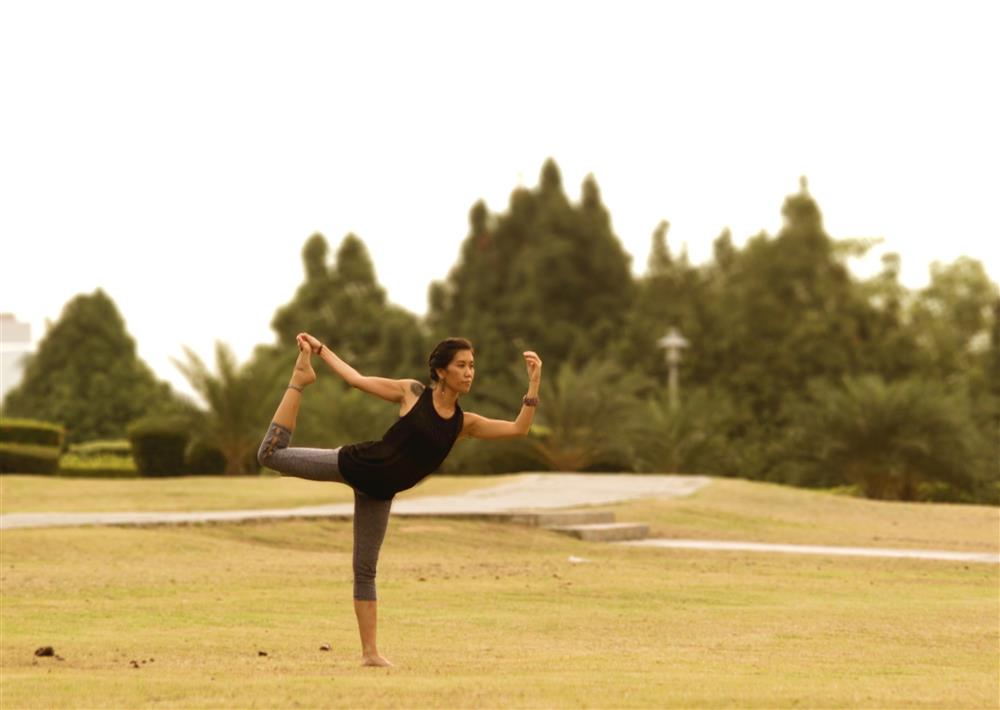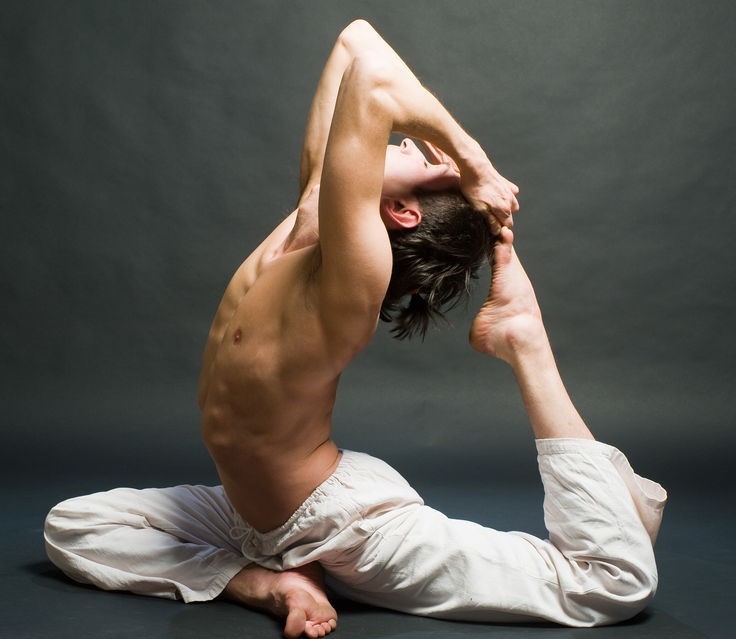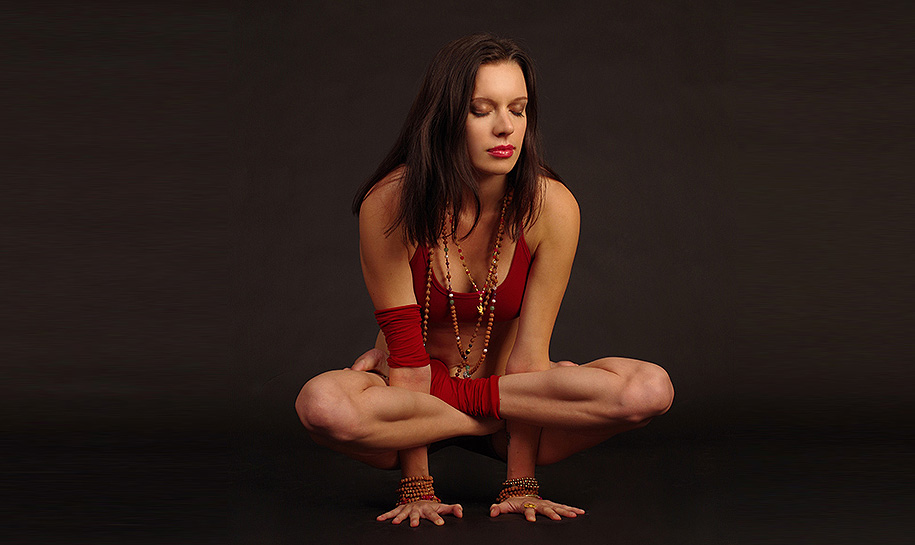WHAT IS KURMASANA?
Kurmasana is a situated yoga asana wherein the body folds at the midriff and the arms sneak by the legs. It is prescribed to remain in the posture for 30 to 40 seconds and for approximately five to 10 breaths. This posture is intended to make internal mindfulness and unwinding. Thus, kurmasana is touted as valuable for soothing pressure and improving focus.

BENEFITS OF KURMASANA:-
Supta kurmasana – Sleeping tortoise represent, a more profound rendition of the posture with the legs folded over the neck and the hands caught at the lower back.
Ardha kurmasana – Half tortoise represent, a gentler rendition that begins in vajrasana, at that point the body folds and the arms reach out forward, laying on the ground.
Uttana kurmasana – Upside-down tortoise present, which can mean both an all the more testing and a progressively loosened up form of the posture. In the difficult variant, the posture offsets on the bottom with the arms and legs off the ground and weaved. A simpler form begins in vajrasana, at that point the body folds until the head lays on the ground and the arms broaden in reverse, laying on the ground.
Generally, kurmasana is intended to calm the sensory system and shut out interruptions, permitting the internal world to turn out to be clear and perceptible. This posture opens the entryway to pratyahara, the limit to the inward world. The brain at that point turns out to be calm and focused.
Kurmasana frames some portion of the essential arrangement of Ashtanga yoga and is mainstream in a scope of styles of yoga in view of its physical and mental advantages.
INSTRUCTTIONS OF KURMASANA:-
♦Start in a situated position. Your back ought to be upstanding, and your legs ought to be stretched out before you. Flex your feet so your toes are highlighted the roof. Press your thighs into the ground.
♦Spread your legs farther than shoulder-width separated. Curve your knees somewhat off the ground close to two or three inches. This ought to carry your feet closer to you as you draw your body internal.
♦Put your arms before you, keeping them in the middle of your legs.
♦ Twist your middle gradually. As you lean forward, slide every one of your arms out to the side with palms looking down. Your arms ought to normally slide underneath your somewhat raised knees. Keep your elbows bolted and arms low to the ground.
♦ Bring your chest and head forward, opening your shoulders as you move your chest area nearer to your lower body. Keep bringing down your head until your jaw contacts the ground.
♦When your arms are spread on the two sides and your head is completely brought down, fix your legs. Your knees should never again be bowed, however your feet should at present be in a flexed position.
♦Broaden your look in front of you as you draw internal. Unwind and take full breaths. Concentrate on your thighs pushing down on your arms, which ought to summon a feeling of solace and unwinding.
♦ Permit your contemplations to move from the outer world to your inward world. Relinquish weight, pressure, and stress — both truly and intellectually. Hold the posture for around 30 seconds while taking delicate breaths.








